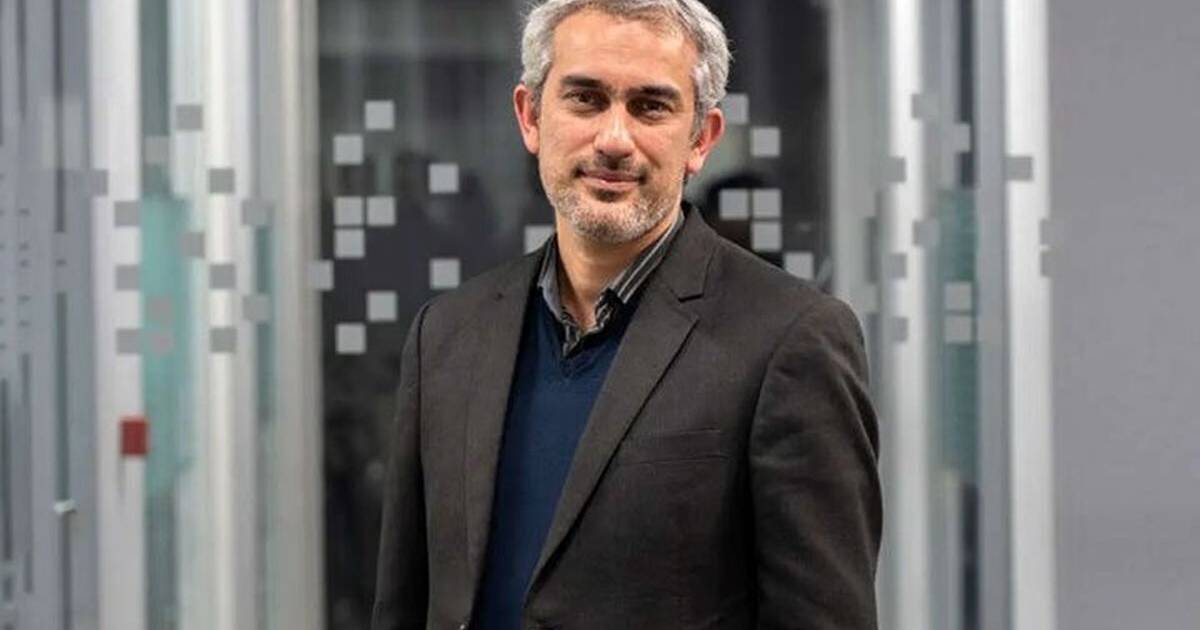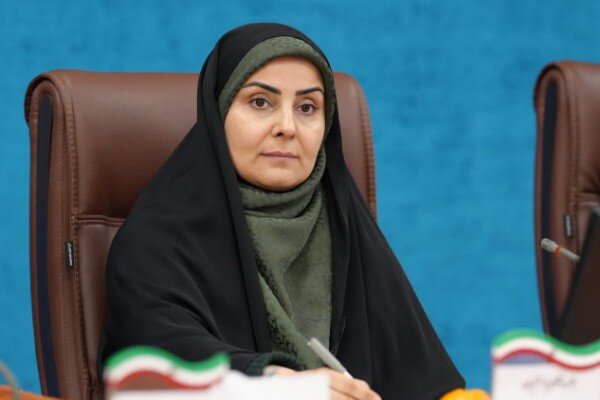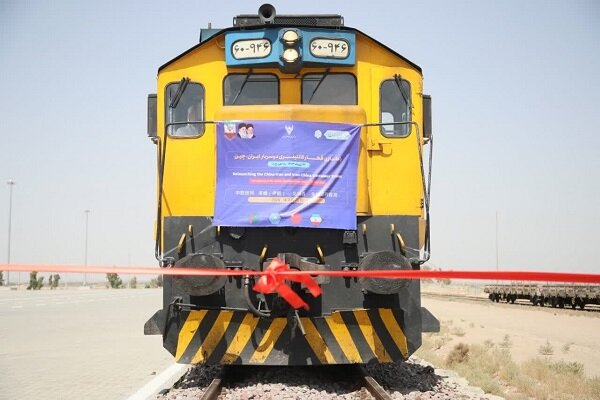
Similar Posts

Russia and Iran Explore Strategic Partnership in Aircraft and Automotive Manufacturing
In a recent meeting, Iran and Russia discussed strengthening cooperation in the energy sector, particularly the construction of nuclear plants in Bushehr. Russian Deputy Prime Minister Overchuk highlighted key collaboration areas, including energy, aviation manufacturing, and the entry of Russian automakers into Iran. This partnership aims to enhance Iran’s industrial capabilities, especially in aviation, while addressing energy needs and fostering economic growth. The discussions indicate a commitment to advancing technological exchange and creating job opportunities. Overall, the collaboration between Iran and Russia signifies a strategic move to enhance bilateral relations across multiple industrial sectors.

Iran Achieves Milestone: $5.2 Billion in Agricultural Exports in Just One Year!
Iran’s agricultural exports surged by 29% from March 21, 2024, to March 20, 2025, reaching $7.6 billion, an 11% increase from the previous year. This growth underscores the vitality of the agricultural sector, with key exports including pistachios, tomatoes, and dates. Notably, saffron exports totaled $185 million, making Iran a leading global producer, with the UAE, Spain, and China as top markets. The strong performance of these products positions Iran favorably in international trade, promising further advancements in agricultural capabilities and export growth to meet global demand.

French Minister Calls for Companies to Freeze US Investments Amid Economic Concerns
The financial landscape is increasingly uncertain, prompting experts to advise caution in investments. Ferracci emphasized the complexity of the current climate on France Info radio, urging investors to suspend plans due to market volatility and unpredictable economic indicators. Key considerations include the need for diversification, consulting financial advisors, and understanding the impact of geopolitical tensions, inflation, interest rates, and supply chain disruptions. As uncertainty prevails, maintaining a balanced perspective through informed decision-making and realistic goals is essential. Ultimately, strategic caution is necessary for safeguarding financial interests in these turbulent times.

Iran’s MRUD Paves the Way for Maritime Economic Growth: Minister Highlights Key Port Developments
Minister Sadegh recently highlighted significant advancements in Iran’s maritime tourism, particularly driven by southern ports like Bandar Abbas and Qeshm, which account for 90% of marine trips. The addition of two new passenger vessels and a comprehensive plan to promote the southern coastline aim to enhance the maritime economy. Dredging the Arvand River will improve navigation for larger vessels, boosting local economies. Additionally, northern ports like Astara are undergoing upgrades to enhance service quality. A proposal for a maritime database among Caspian states was approved to improve cooperation. Overall, these initiatives promise a bright future for Iran’s maritime tourism sector.

China-Iran Railway Project Accelerates: A Game-Changer for Economic Collaboration
A cargo train from Xi’an has arrived at the Aprin dry port near Tehran, marking a significant milestone in establishing a new overland trade route between China and Iran. This China–Iran rail corridor reduces delivery times from 30-40 days by sea to just 15 days by land, enhancing trade efficiency. Launched on July 21, 2024, it aims to connect China, Iran, and Europe while reducing reliance on congested maritime routes. The initiative also supports Iranian oil exports to China and strategically bypasses US-controlled chokepoints. This development symbolizes a shift towards autonomous trade practices and stronger economic ties between the two nations.

Trump Sets Conditions for a Game-Changing Trade Deal with China
Former President Trump recently highlighted the U.S. trade deficit with China, claiming it exceeds $1 trillion. He stressed the need to address this issue for any future trade agreements, stating, “A deficit is a loss.” Trump noted that tariffs have led to $7 trillion in investment commitments in American manufacturing. He expressed confidence in U.S. economic strength and criticized the current administration for worsening trade deficits. Trump reiterated his belief in tariffs as essential for correcting trade imbalances, implementing a 10% baseline tariff on imports, with China facing an additional 34% tariff. His focus remains on reshaping U.S. trade policies to ensure economic dominance.